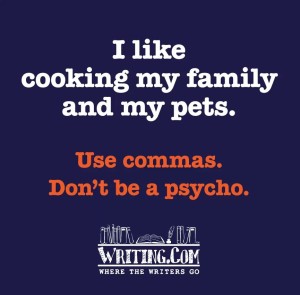Seth Godin almost always has a perspective worth reading, but I’ve been startled to discover how many of his posts directly apply to my world: proposal management. Today’s was no exception.
Fill in the blanks looks at the amazing development of the periodic table. In laying it out, Mendeleyev had a small problem. Building on the work of earlier scientists, he thought he could see the pattern in the properties of the elements, but he didn’t have an element to fill every slot in his framework. So he laid it out in what he believed was the right way, and left blanks where, well, there ought to be an element, dagnab it.
Seth’s blog makes the point that those blanks spurred research into what might fill them.
[The blanks] inspired other scientists
to go looking for what was needed to fill in that empty slot.
He then draws a connection between that effort — looking to fill a blank square — and other innovation.
Much of the innovation of the internet has worked this way.
As well as developments in urban planning,
civil society and small business.
But what caught my attention was his conclusion:
Once you see the grid, you can see the empty boxes.
And then go fill them.
Because even though most people think of editing as caring about commas . . .

. . . the biggest contribution editing makes to proposal writing is actually this: Creating the grid and, by doing so, highlighting the empty boxes.
Technical experts often don’t see their field in simple chunks: Their framework is implicit, not explicit. They see all the glorious detail. They’ve been so into it for so long that the detail doesn’t overwhelm them, and they take the relationships for granted: so much so that they can have trouble articulating them. That’s where a less-informed reader can help, by identifying the major elements, as it were.
As one example, management isn’t just a lengthy list of tasks. It’s four major functions:
- Planning
- Organizing
- Directing
- Controlling
When this grid is overlaid on a management plan, or a list of responsibilities, it flags whole functions that might have been overlooked in the writing, at the same time as it provides a simplifying framework for any reviewer.
As another example, the reference library we have to create isn’t just a lengthy list of obscure publications, known only to experts in the field. It’s two major categories: documents specified by the RFP and documents we’ll provide because we know their value. And that second category isn’t full of arbitrary choices. It can be broken down into at least these sub-categories:
- Operational/technical
- Quality
- Safety
- Environmental
And so on. Usually, an editor can’t write the technical response — I know I couldn’t — but they can and do make the response better by creating an illuminating grid.
Once you see the grid, you can see the empty boxes.
And then go fill them.

Venn diagrams and quadrants are other forms of boxes. You know Pascal’s Wager — based on whether there is, or will be, a life after death, and the outcomes of betting your life on those assumptions. It fits wonderfully into a four-box quadrant.
Jim T
Jim – Excellent point. I did not know Pascal’s wager, but the 2×2 grid encapsulates it perfectly – and lets the reader get the point at a glance.